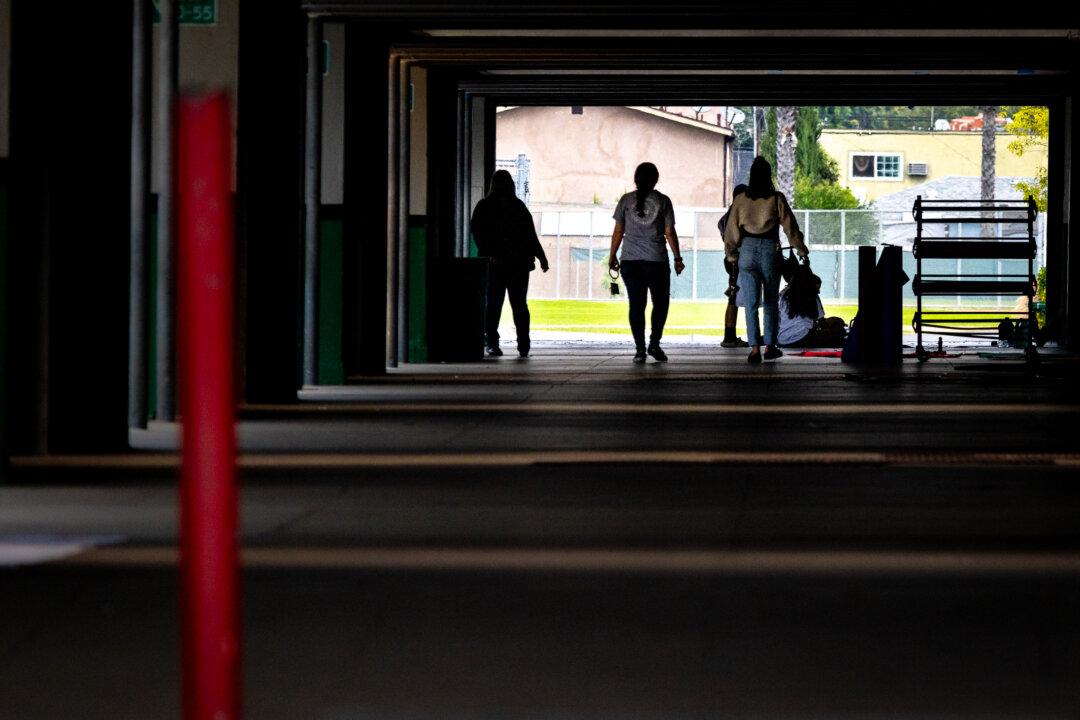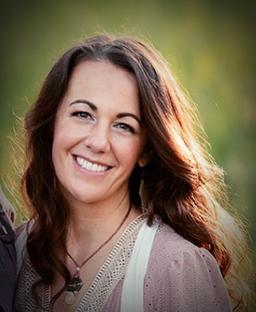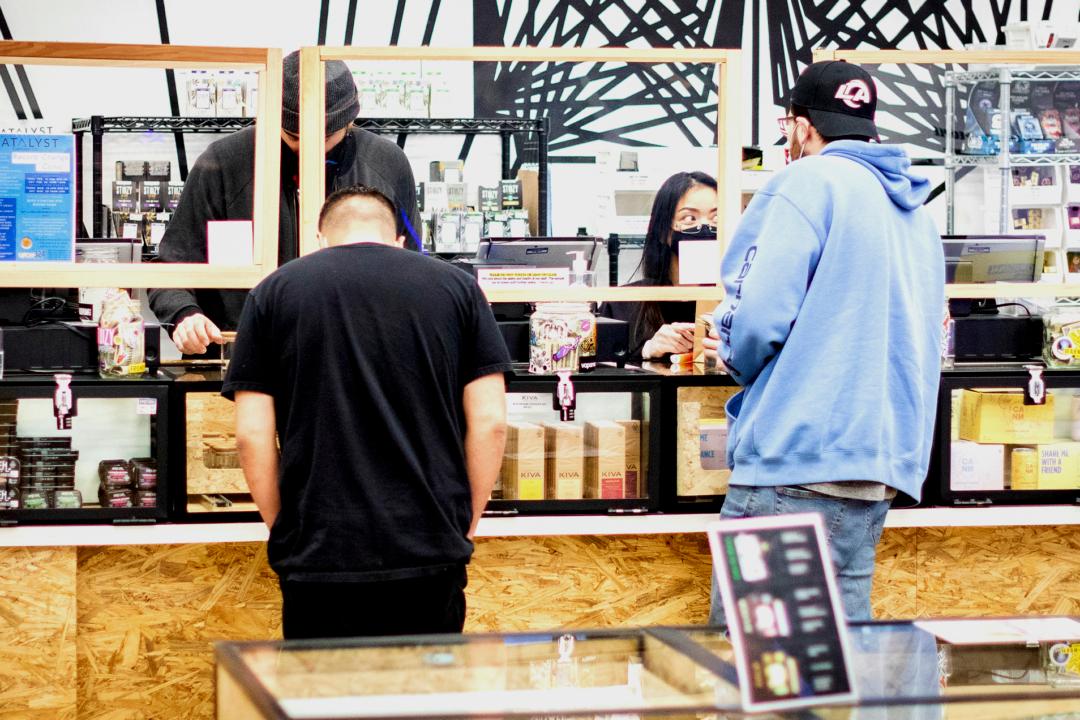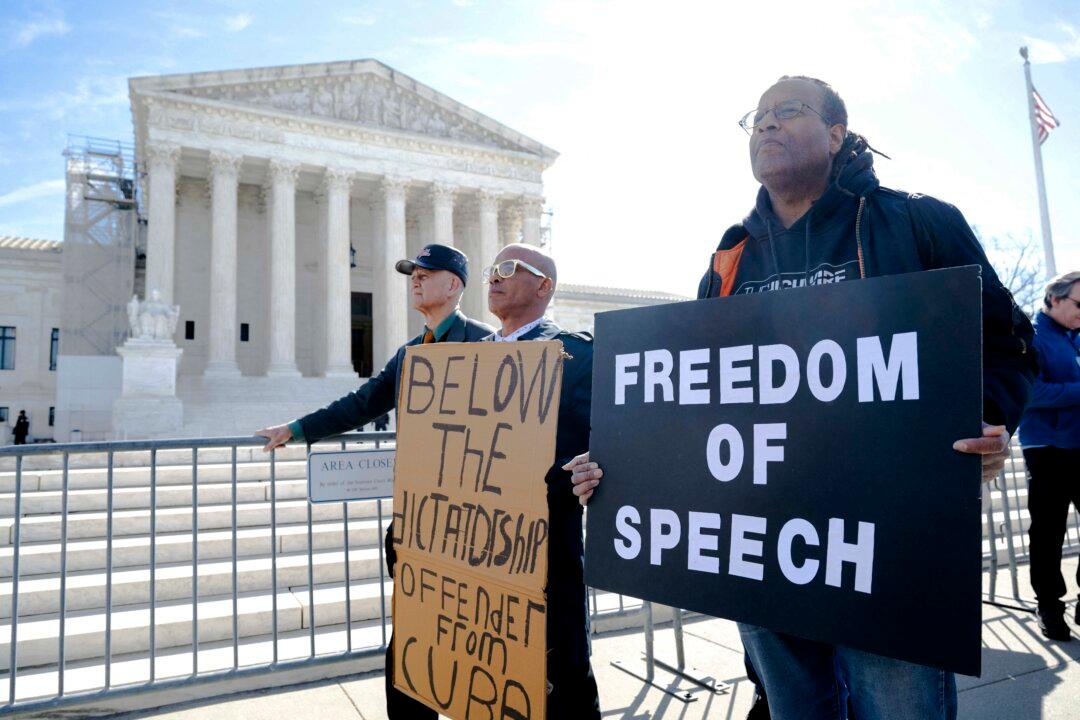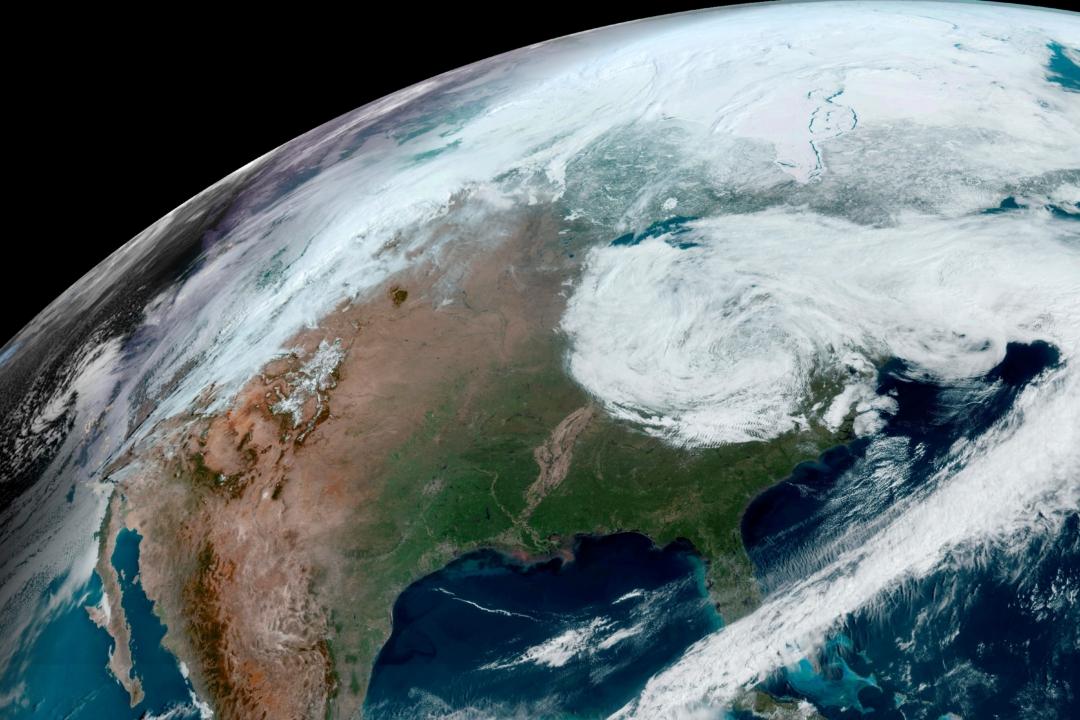In Texas, the Houston Independent School District is reforming its education strategy, which includes installing cameras in classrooms.
“Every classroom has a webcam and a Zoom link, and it’s on 24/7,” Superintendent Mike Lee told Houston Public Media. “If a kid is disruptive, we pull that student out of class. We put them in what we call a team center, and they’re being monitored by a learning coach, and they Zoom right back into the class they get pulled from.”
